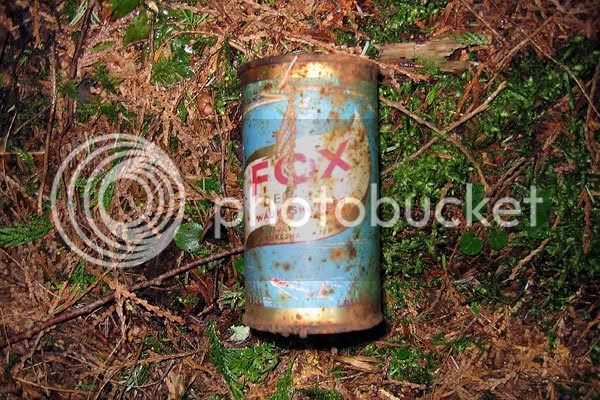RayG your post #3 ^ resonates with me. And I too have a hard time conceiving how a green ale might taste worse, all other things being equal. Of course taste is the ultimate subjective though.
I hear of vintage Celebration Ales tastings all the time. A place not too far away from me (The Stuffed Sandwich) sells prior years of Celebration. I know for a fact the fresh Celebration tastes widely variant from year to year, so not sure if they are tasting for that or for actual bottle mellowing.
I have never once in 20 years felt the need to age homebrew ale one day, much less one year so I actually know nothing about it directly. But my silly personal myth is that people are ..conditioned (primarily via the wine industry) to think by default that aged probably means better (with apologies to Parker fans) and adjust their beer taste perception accordingly to that knowledge from another domain. People who are confronted with my homebrew for the first time invariably ask How long does it take?, and then something like ~Thats all? I thought aging beer was better. Happens all the time. Happened last weekend actually, at an Oscar party. I invariably counter with my own mythic tall tales. (Being Irish American, I never let the truth get in the way of a good story.) I tell them:
I feel 90% of beer degrades immediately. You know.., the beers you and I drink. Aging beer to me equates to product shelf-life. Only really hearty barley wines or maybe complex Belgians might actually benefit from mellowing in glass.
I like to think of ale as really wet bread: and straight out of the oven is best. <Dramatic pause to let that vision sink in, as they look away with sparkling eyes.> I know one or two homebrewers who get their wires crossed, and like to think of and present their beers like fine aged wines vs. say fine bread makers. But they are probably better homebrewers than I am, so who knows; and to each his own anyway. However, my rule of thumb is if a beer bottle has a cork in it its OK to age, otherwise drink
immediately for best results.
For better or worse, thats the message I give. However,
I clearly am conditioned by the overwhelming want to drink beer promptly, and the abhorrent vision of dufus store managers who take beers like Sierra Nevada and leave them out warm for months at a time. Or bright florescent light filled liquor store coolers with exposed bottles
that horror of buying a really great beer and having it taste like ass.
We all have our own crosses to bear.



 to the pursuit of the perfect IPA
to the pursuit of the perfect IPA
